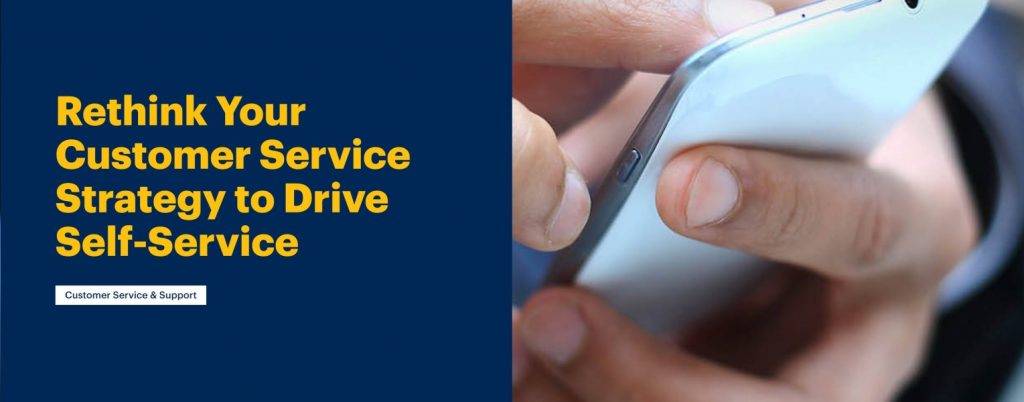
In an unsurprising finding, Gartner has recently declared that self service resolution rates suck and omni-channel has just confused things.

Even though they conclude by encouraging greater commitment to self service, the summary of their research seemed light on practical ideas. So I’ll thought I’d chuck in a few thoughts to fill in the gaps based on my own experience of teaching people how to plan a strategy.
The place to begin is to choose the right use cases. The value irritant model is a useful tool for highlighting candidates. As is the simple rule of thumb that emotional, complex and ‘when it matters to the relationship’ scenarios are best left to live assistance. By that definition I reckon live assitance has the potential to shrink to around 25% of inbound demand. But as Gartner has shown we remain many galaxies away from that achievement.
Why?
I think we often start with the wrong expertise. For sure technology is intrinsic to all forms of self service. However it requires deep insight into human behaviour to design an effective solution. To be more precise, it requires detailed observation and analysis of how human to human conversations work. Because any self service has to measure up against that benchmark in the mind of the customer. As we know any sign of cognitive overload sends most of us straight into the queue for live assistance.
Generally, human to human communication is more than the sum of the information being exchanged. If that is all that is needed, then a digital solution will be experienced as an adequate subsitute. But human to human is about meeting both functional and emotive needs. Emotive needs are often conveyed and responded to instinctively. I sense you are worried so I modify my tone and take extra care that you have understood something. We see this shortfall many times over. Customer read an FAQ yet still phone in to check that the information is correct. Trust in the information is the shortfall.
So the lesson here is that human needs are broader than just the logical and functional. Deconstructing the human to human conversation in order to design a self service equivalent must take note of this dimension and get creative around how to offer surrogate versions when the presence and responsiveness of another person is absent.
Same applies to proactive communication. How do you feel if your package of valuable items is due to be left by the delivery company in a location vulnerable to theft or weather damage? Maybe you expect more assurance than a proactive message that simply announces drop off times and the name of your driver?
Get into the habit of checking whether you need to add back an experience of the human touch whenever the means of delivering a customer outcome has removed it.
The second point of failure I notice is to produce too limited functionality which forces a customer back into a live queue. For instance, giving customer an online tool to book a service visit makes sense and provides an easy ROI to calculate in terms of deflected calls. But if that is all it does then expect a much weaker ROI since customers will still call. Why? Because the engineer is now late and that disrupts the customer’s own plans. Because their own plans have changed and they need to reschedule.
The lesson here is that human to human conversation is an adaptable framework. It caters to the unexpected, the ‘oh and the by the way’ extra question. Self service solutions start tightly scoped and often in minimum viable product mode. If so, deep analysis of subsequent customer behaviour is needed to identify how customers expect things to work.
Optimisation and ongoing evolution of self service functionality has to be properly resourced and invested in to allow the solution to match the ease of picking up the phone or pinging some form of text message.
Finally you have to simplify journeys before handing them over the customers. Often advisors act as guides through process complexity. Putting a conversational AI in front of that is doomed to failure.
In conclusion, self service needs more than technical skills. Service design is a great addition. Or anyone who really gets what goes on in a live conversation. And don’t forget ‘simple’ is the design standard. If journeys remains behind the curve, fix them first.




